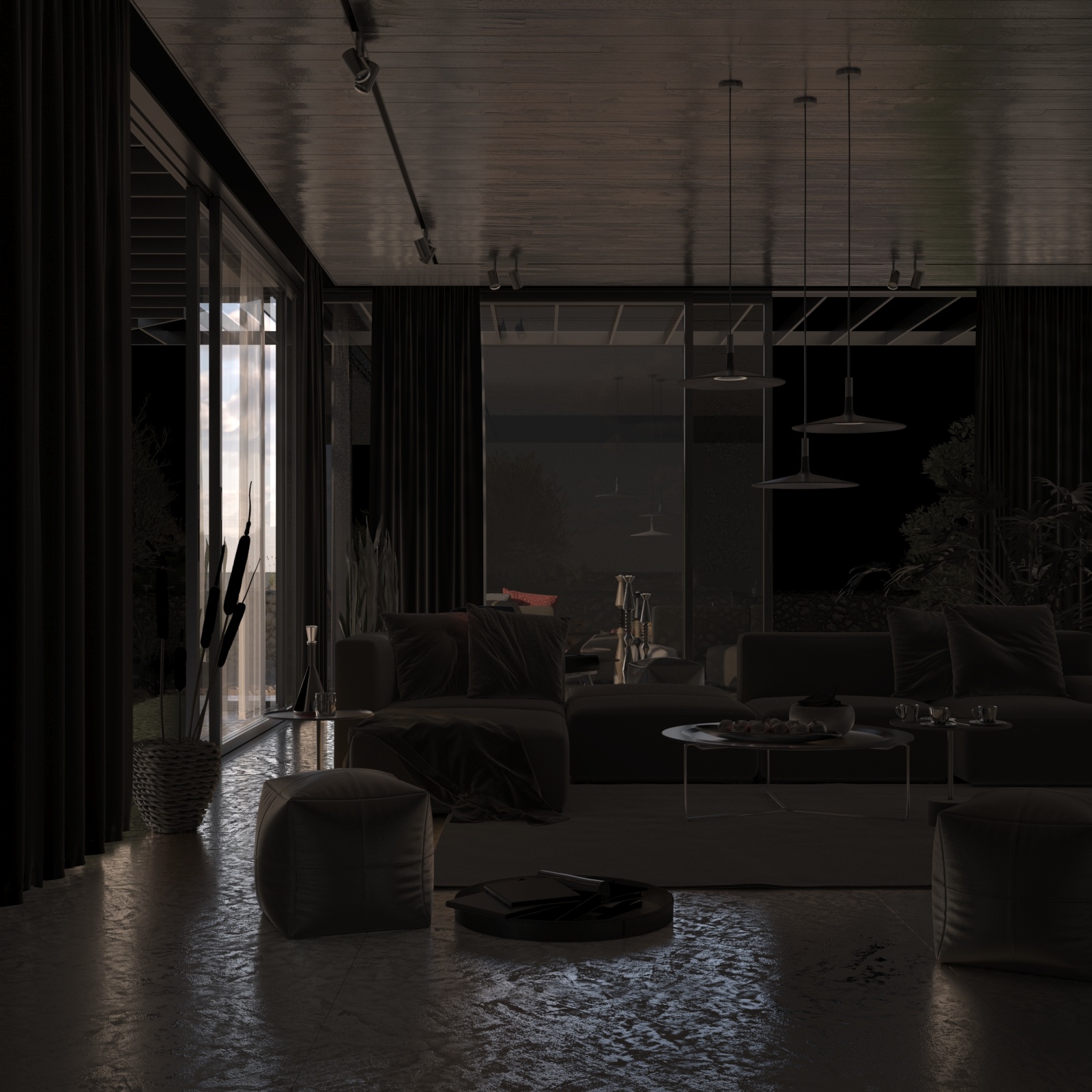This page gives an overview of the Reflection Render Element and explains how it is used.
Overview
The Reflection Render Element stores reflection information calculated from the materials' reflection values in the scene. Surfaces with no reflection values set in their materials will contain no information in the render pass and will therefore render as black.
The Reflection Render Element is formed by multiplying the Raw Reflection Render Element by the Reflection Filter Render Element. So while the raw reflection pass gives the full reflection of objects reflecting in the scene, the reflection filter sets how much of that reflection should come through in the composite. The two are multiplied together to create the Reflection pass which gives a true representation of the reflection in the scene.
The Reflection Render Element is a key component in the main Beauty Pass.
Attributes
The parameters for this render element appear in the V-Ray RenderChannelColor render channels node.
Deep Output – Specifies whether to include this render element in deep images.
Color Mapping – When enabled, the Color Mapping options in the render settings are applied to the current render channel.
Consider For AA – When enabled, anti-aliasing is used where possible.
Filtering – Applies the image filter to this channel. Image filter settings are in the Image Sampler tab of the Sampler tab of the V-Ray Renderer node.
Denoise – Enables the render element's denoising, provided the V-Ray Denoiser render element is present.
Derive Raw Channels – Generates data in the raw channels by combining the respective color and the filter color channels.
VFB Color Corrections – Applies the post render color adjustments made from the VFB.
Common Uses
The Reflection Render Element is useful for changing the appearance of reflective elements after rendering using compositing or image editing software. In the example below, the reflections are brightened using the Reflection RE. Some of the reflections are selected using a Cryptomatte mask and a cool tint is applied to them.
Compositing Formula
Raw Reflection x Reflection Filter = Reflection




